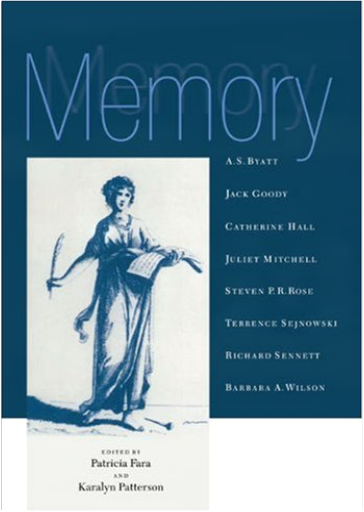 Memory is both a private, personal phenomenon and a collective interpretation of history by society. The concept of memory has long intrigued scientists, philosophers, and scholars alike. This fascinating volume explores some of the many ways that individuals and societies remember, forget, and commemorate events of the past. The collection of eight essays, representing some of the most engaging contemporary voices in the arts and sciences, takes a unique interdisciplinary approach to address the relationships between individual experience and collective memory. Many would expect scientists to be concerned with studying only the mental and physical processes involved in remembering; and humanities scholars to be interested in only the products of memory, such as literature, art, and music. Memory exposes the falseness of such a dichotomy by illustrating the insights into memory that can be gained by juxtaposing the complementary perspectives of specialists venturing past the normal boundaries of their disciplines. The authors represent fields as diverse as psychoanalysis, creative writing, neuroscience, social history, and medicine; but explore concepts beyond their areas of notoriety, providing textured, complete, and sometimes personal views of the meaning of memory. This thought-provoking and unusual collection will delight a wide variety of readers. Contributors : Richard Sennett, Catherine Hall, A. S. Byatt, Jack Goody, Juliet Mitchell, Barbara Wilson, Steven Rose, Terrence Sejnowski. 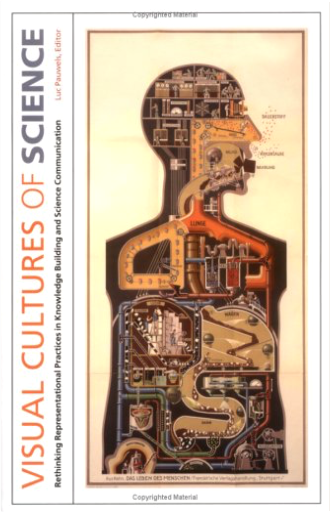 Issues of representation affect every aspect of scientific activity, from the encoding, display, analysis, and presentation of data to the communication of scientific concepts and information to students and the general public. The essays in this collection explore the issues involved in the creation and deployment of visual representations in both the natural and the social sciences. 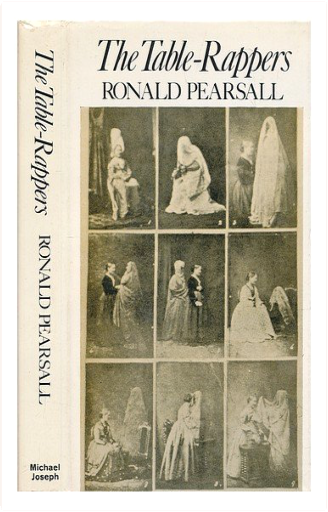 The Victorian age was the most haunted of all. At dark seances spectators goggled at spirit hands descending form above, and fondled 'spirits' who had coyly emerged from cabinets. The age of reason had done away with the supernatural. But the Victorians wanted it back and they made certain they got it. Astrology and fortune-telling enjoyed a boom, and in country districts the witches and the cunning men plied their arts, selling and casting spells, and applying the evil eye. The Table-Rappers deals with all aspects of the Victorian occult - the credulity of believers certain that a thing of gauze and muslin was their dead aunt, the venom of the professional mediums who sabotaged each others' seances, and the still unexplained phenomena - levitations, the fire test where mediums handled red-hot coals, and strange materialisations where both spirits and mediums were in the room at the same time. Behind all the heavy breathing in darkened rooms, the implausible spirit photographs, the interminable dotty table-rapping and inconsequential scribbling on slates, lay a whole world of absurd tricksters, well-meaning dolts, credulous gulls and some unforgettable characters. 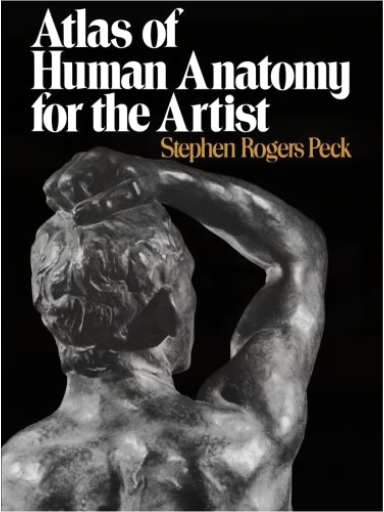 Stephen Rogers Peck's Atlas of Human Anatomy for the Artist remains unsurpassed as a manual for students. It includes sections on bones, muscles, surface anatomy, proportion, equilibrium, and locomotion. Other unique features are sections on the types of human physique, anatomy from birth to old age, an orientation on racial anatomy, and an analysis of facial expressions. The wealth of information offered by the Atlas ensures its place as a classic for the study of the human form.  Detailing production design for theater, opera, and ballet, Designing and Drawing for the Theater provides a professional picture and encyclopedic reference of the design process. Lavishly illustrated with detailed lined drawings and photographs, the book conveys the beauty and excitement of production design. To further convey a real-life picture of the design process, each chapter is followed by a conversation with an outstanding designer working in today's theater. | 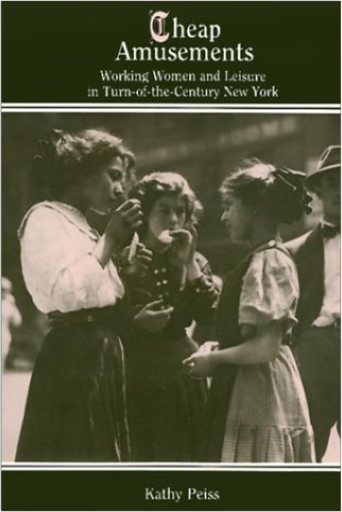 What did young, independent women do for fun and how did they pay their way into New York City's turn-of-the-century pleasure places? "Cheap Amusements" is a fascinating discussion of young working women whose meager wages often fell short of bare subsistence and rarely allowed for entertainment expenses. Kathy Peiss follows working women into saloons, dance halls, Coney Island amusement parks, social clubs, and nickelodeons to explore the culture of these young women between 1880 and 1920 as expressed in leisure activities.By examining the rituals and styles they adopted and placing that culture in the larger context of urban working-class life, she offers us a complex picture of the dynamics shaping a working woman's experience and consciousness at the turn-of-the-century. Not only does her analysis lead us to new insights into working-class culture, changing social relations between single men and women, and urban courtship, but it also gives us a fuller understanding of the cultural transformations that gave rise to the commercialization of leisure.The early twentieth century witnessed the emergence of "heterosocial companionship" as a dominant ideology of gender, affirming mixed-sex patterns of social interaction, in contrast to the nineteenth century's segregated spheres. "Cheap Amusements" argues that a crucial part of the "reorientation of American culture" originated from below, specifically in the subculture of working women to be found in urban dance halls and amusement resorts. 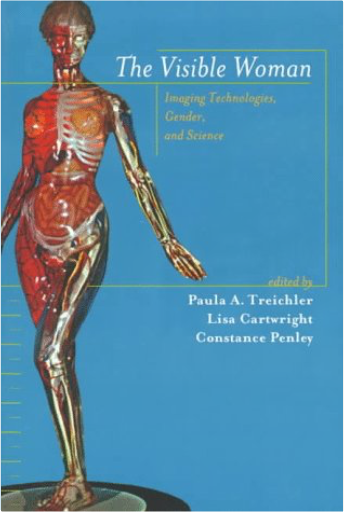 Hand in hand with such health crises as HIV/AIDS, breast cancer, and the resurgence of tuberculosis has come an explosion of scientific and medical technologies. As technology documents illness with ever greater precision and clarity, the knowledge and vocabulary of patients is being similarly expanded by activists, consumer advocates, and artists working with new electronic technologies.  The first collection in English to give a full accounting of Schad's peculiar genius. The 1920s German art movement "New Objectivity" (Neue Sachlichkeit) created a stark and indelible portrait of German society. Along with Max Beckmann, Otto Dix, and George Grosz, artist Christian Schad is central to any appreciation of this fascinating period in both art and history.  An ideal class or lab companion, this Photo Atlas contains more than 600 full-color photos of tissue and organ slides, the human skeleton, commonly used models, cat dissections, cadavers, and fetal pig dissections, as well as physiology materials. |

Morbid Anatomy Museum
Collection Total:
1,253 Items
1,253 Items
Last Updated:
Jan 26, 2016
Jan 26, 2016
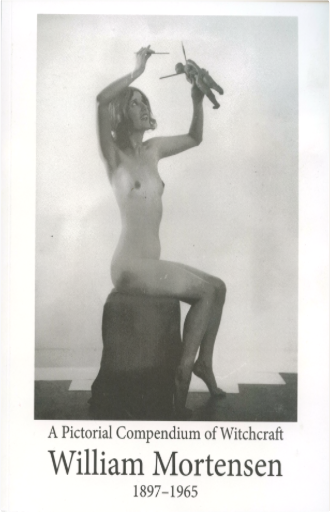

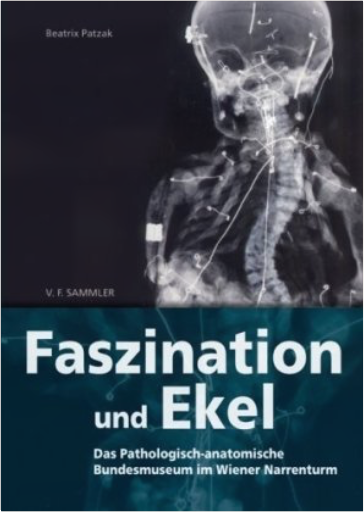

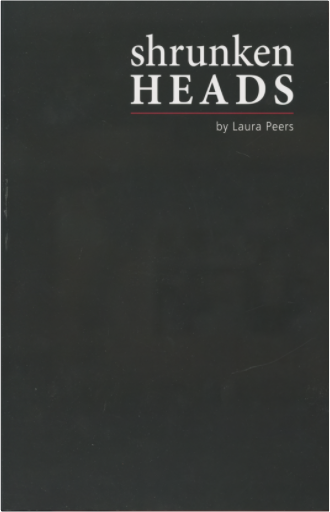

 Made with Delicious Library
Made with Delicious Library